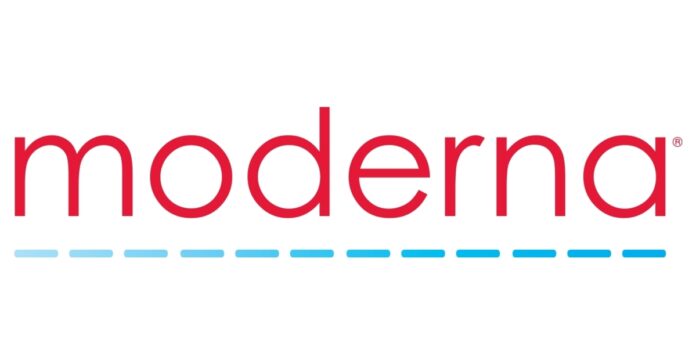CAMBRIDGE, Mass.– Moderna, Inc., (Nasdaq: MRNA) a biotechnology company pioneering messenger RNA (mRNA) therapeutics and vaccines, today announced the first positive interim data from the Phase 1 study of the Company’s quadrivalent seasonal flu vaccine candidate, mRNA-1010. In the study, mRNA-1010 successfully boosted hemagglutination inhibition (HAI) assay geometric mean titers against all strains 29 days after vaccination at all doses tested in both younger and older adults. The Company also announced that the Phase 2 study of mRNA-1010 is now fully enrolled and preparation for the Phase 3 study is underway. Moderna also provided an update on its seasonal flu vaccine program including the announcement of two beyond quadrivalent seasonal flu development candidates (mRNA-1011 and mRNA-1012).
“Even before the COVID-19 pandemic, approximately three million people died each year due to respiratory infections, and many more are hospitalized or become ill as a result of these viruses. At Moderna, our goal is to limit this suffering with an annual pan-respiratory single dose booster vaccine that is adapted to the circulating strains of SARS-CoV-2, seasonal influenza and RSV,” said Stéphane Bancel, Chief Executive Officer of Moderna.
“The positive interim results from our Phase 1 quadrivalent flu vaccine candidate, mRNA-1010, are an important milestone toward achieving that goal. It is encouraging to see that participants in the study who received the 50 µg dose, including older adults, achieved robust increases in geometric mean antibody titers against H1N1 and H3N2, the strains responsible for the vast majority of morbidity and mortality in this age group. We believe our mRNA platform is well-positioned to address the significant unmet need in seasonal flu as evidenced by our new beyond quadrivalent candidates, mRNA-1011 and mRNA-1012, which we believe will expand strain coverage and provide more options for public health officials,” Stéphane Bancel continued.
Quadrivalent mRNA-1010 encodes for the hemagglutinin (HA) protein from four seasonal influenza viruses based on the recommendations of the World Health Organization (WHO), including seasonal influenza A/H1N1, A/H3N2 and influenza B/Yamagata- and B/Victoria-lineages. In the Phase 1 study, mRNA-1010 was evaluated at 50 µg, 100 µg and 200 µg dose levels in younger adult (age 18-49) and older adult (age 50+) cohorts. No significant safety findings were observed through day 29. Adverse reactions (ARs) were generally reported more frequently in younger adults compared to older adults, and at higher dose levels. The most common solicited local ARs for both age groups included pain and axillary swelling/tenderness. The most common solicited systemic ARs for both age groups included fatigue, arthralgia, myalgia and headache.
At the lowest dose level (50 µg) in younger adults, Day 29 geometric mean titers (GMT) against influenza A strains were 538 (H1N1) and 530 (H3N2); GMT against influenza B strains were 467 (B/Yamagata) and 261 (B/Victoria). Geometric mean fold-rises (GMFR) above baseline for influenza A strains were approximately 10-fold (H1N1) and 8-fold (H3N2), and approximately 3-fold for B/Yamagata and 2-fold for B/Victoria. Minimal dose response was observed between the 50 µg, 100 µg and 200 µg dose levels, suggesting the potential to explore even lower doses.
At the lowest dose level (50 µg) in older adults, Day 29 GMT against influenza A strains were 310 (H1N1) and 263 (H3N2); GMT against influenza B strains were 305 (B/Yamagata) and 215 (B/Victoria). GMFR for influenza A strains were approximately 6-fold (H1N1) and 6-fold (H3N2), and approximately 3-fold for B/Yamagata and 2-fold for B/Victoria. Minimal dose response was observed between the 50 µg, 100 µg and 200 µg dose levels.






